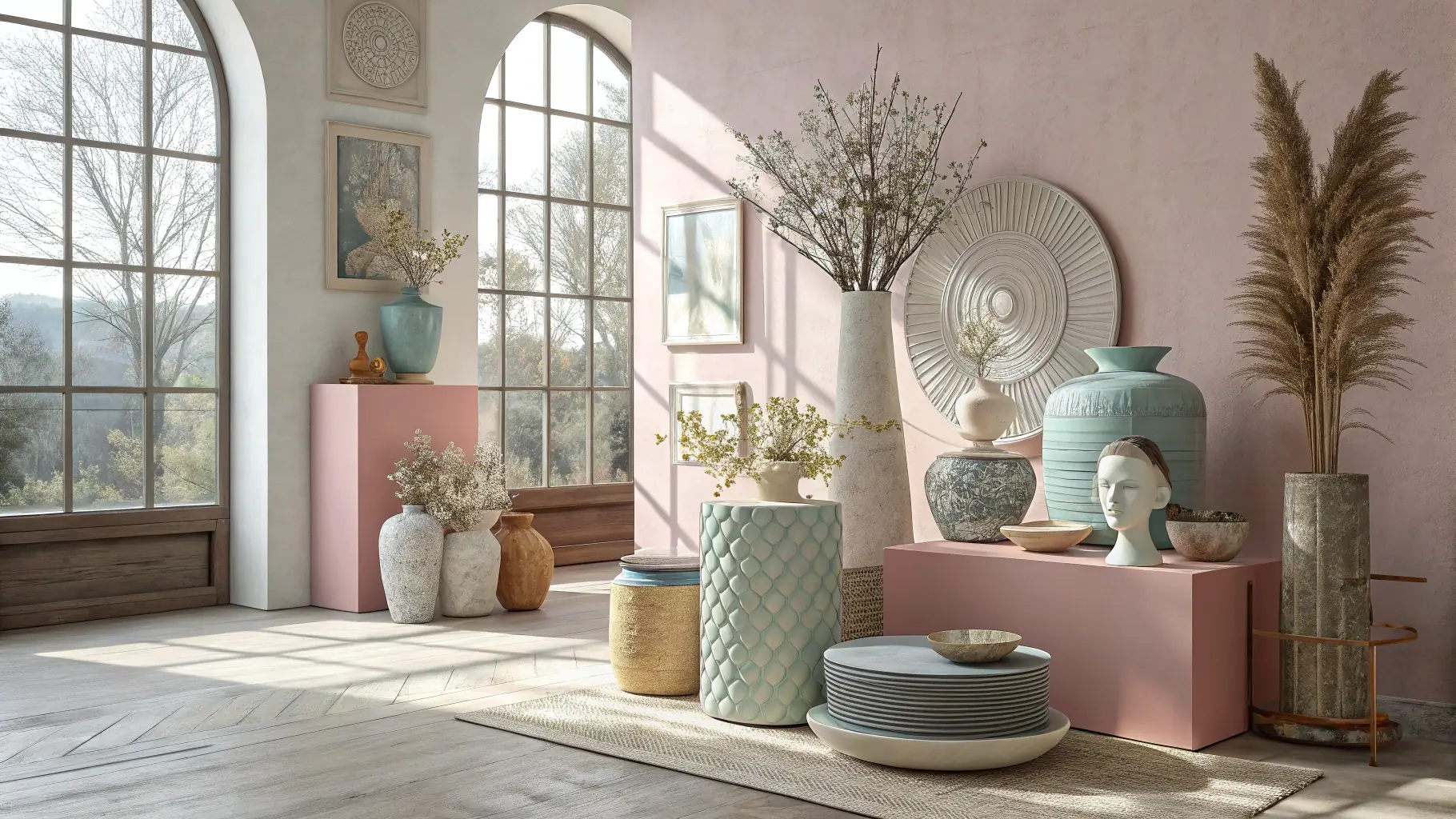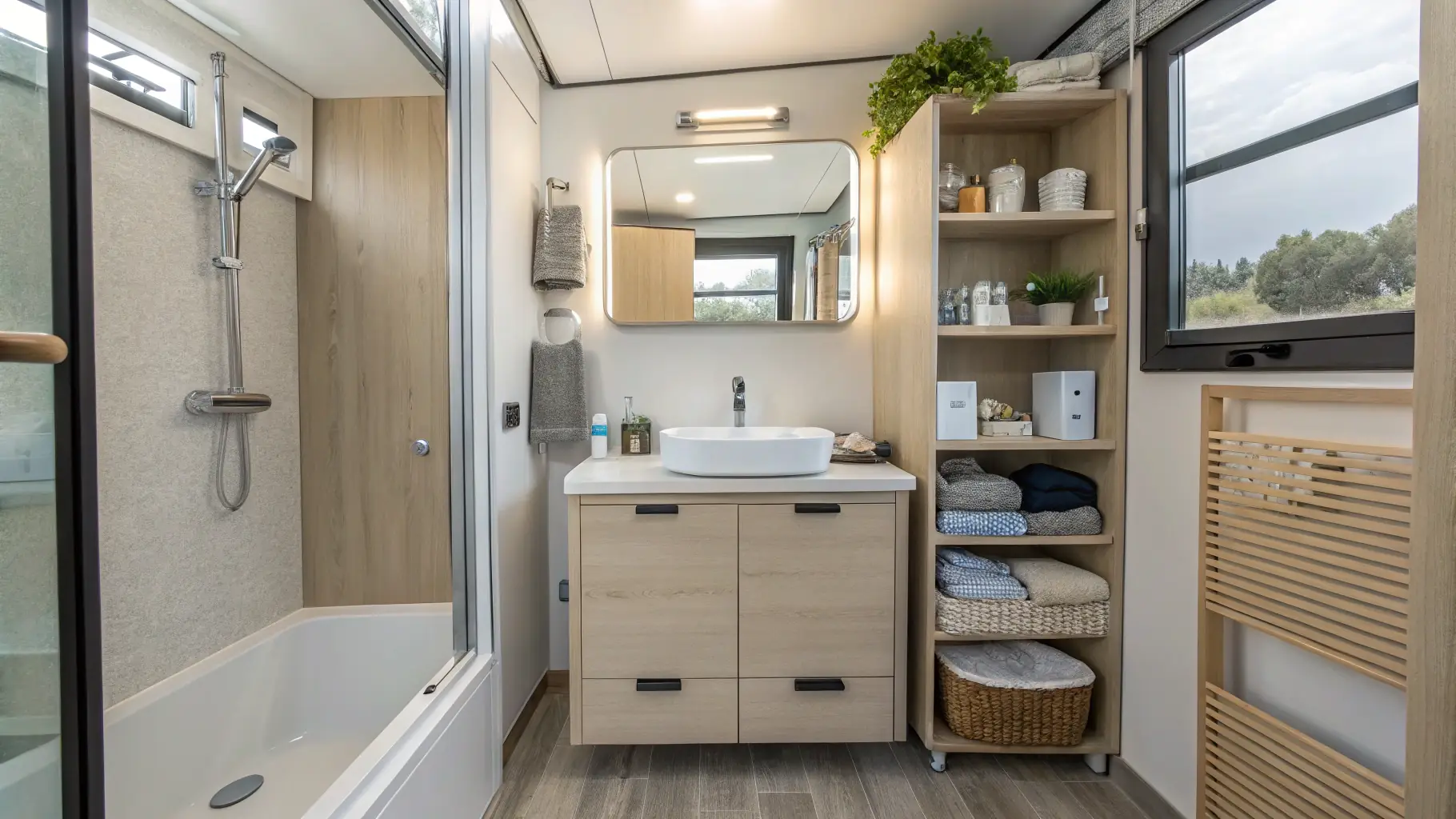Color psychology plays a significant role in interior design, influencing the mood and atmosphere of a space. Different colors evoke different emotions and can significantly impact how people feel and behave in a room. Understanding the psychological effects of color can help you create spaces that are not only aesthetically pleasing but also functional and conducive to the desired atmosphere. Warm colors like red, orange, and yellow can create a sense of energy and excitement, while cool colors like blue, green, and purple can promote calmness and tranquility. The intensity of a color can also affect the mood. Light shades of a color can create a sense of openness and airiness, while darker shades can evoke a sense of intimacy and drama. Consider the use of color combinations to create a balanced and harmonious space. Complementary colors can create a vibrant and energetic atmosphere, while analogous colors can create a sense of harmony and balance. The use of color can also be used to create a sense of visual hierarchy in a space. Using different colors for different elements can help to draw attention to specific areas and create a focal point. Consider the use of accent colors to add personality and character to the space. Ultimately, understanding color psychology can help you create spaces that are not only aesthetically pleasing but also functional and conducive to the desired atmosphere.
The Power of Murals: How a Hand-Painted Wall Can Change a Room
Written By- Krishna Nand In a world where home décor trends evolve constantly, one artistic


